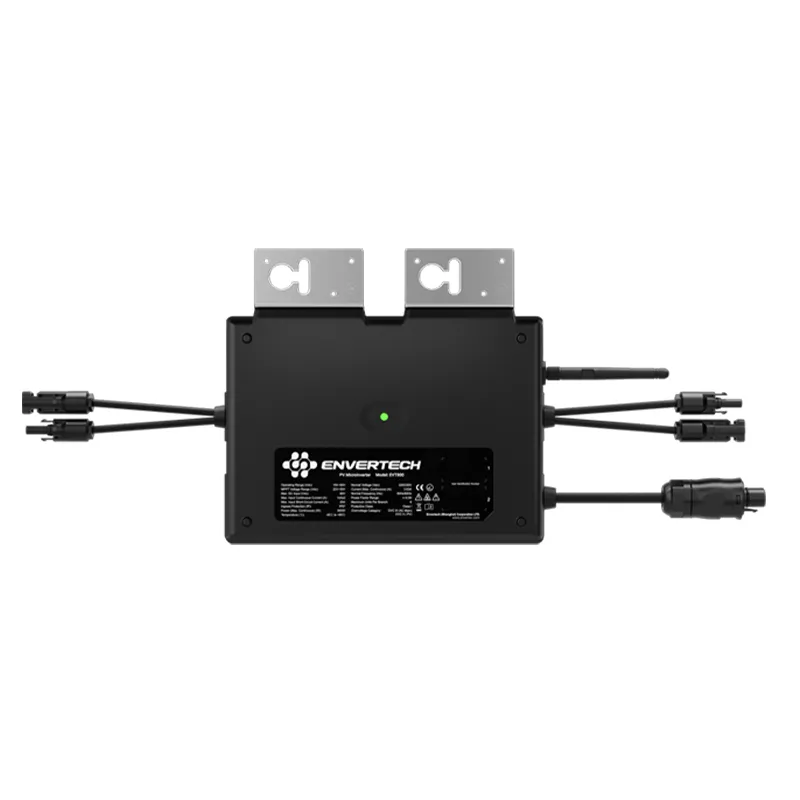solar inverter function
The Functionality of Solar Inverters A Key Component in Solar Energy Systems
In recent years, the demand for renewable energy sources has surged, with solar energy at the forefront due to its availability, sustainability, and potential to reduce carbon footprints. Central to the operation of solar energy systems is the solar inverter, a crucial component that ensures the efficient conversion of solar energy into usable electricity. Understanding the functions of solar inverters is essential for optimizing solar energy systems and maximizing their benefits.
What is a Solar Inverter?
A solar inverter is an electrical device that converts the direct current (DC) generated by solar panels into alternating current (AC), which is the standard form of electricity used by households and businesses. Solar panels produce DC electricity when sunlight hits the photovoltaic cells. However, most electrical systems operate on AC electricity, making the role of the inverter vital in allowing solar energy to be usable in everyday applications.
Key Functions of Solar Inverters
1. DC to AC Conversion
The primary function of a solar inverter is to convert DC electricity from solar panels into AC electricity. This conversion is necessary for the electricity to either be used directly within a home, business, or fed back into the grid.
2. Maximum Power Point Tracking (MPPT)
Solar irradiance changes throughout the day, which affects the amount of energy generated by solar panels. Inverters come equipped with Maximum Power Point Tracking technology, which optimizes the energy harvest. MPPT continuously adjusts the electrical operating point of the modules, ensuring that the system extracts the highest possible amount of energy even in varying sunlight conditions.
For grid-tied solar systems, inverters ensure that the AC output is synchronized with the voltage and frequency of the electrical grid. This synchronization is essential for safe and efficient energy exchange between the solar system and the grid. Inverters monitor the grid conditions, adjusting the output accordingly to prevent any disruptions.
4. Monitoring and Communication
solar inverter function

Modern solar inverters are often integrated with monitoring systems that allow users to track performance remotely. They provide real-time data on energy production, consumption, and system health. This information is invaluable for troubleshooting and maintenance, ensuring that any issues can be addressed promptly to minimize downtime.
5. Safety Features
Safety is a critical concern in energy systems, and solar inverters are designed with multiple safety features. They incorporate protective mechanisms against overvoltage, overheating, and short circuits. Additionally, most inverters have a shutdown function in the event of a grid failure, preventing back feed and ensuring protection for utility workers.
6. Energy Storage Integration
With the rise of battery storage systems, some solar inverters are now designed to integrate seamlessly with energy storage solutions. This function allows homeowners to store excess solar energy generated during the day and use it at night or during peak demand periods, enhancing the efficiency and utility of solar energy systems.
Types of Solar Inverters
There are several types of solar inverters available in the market, including
- String Inverters These are the most common type. They connect a string of solar panels, offering a simple and cost-effective solution for residential solar systems. - Microinverters These are installed on each individual solar panel, providing greater flexibility and efficiency, especially in systems where panels may experience different levels of shading.
- Power Optimizers These are a hybrid between string inverters and microinverters, optimizing production at the panel level while still using a central inverter for the conversion.
Conclusion
Solar inverters play a pivotal role in the efficiency and effectiveness of solar energy systems. By converting DC to AC, tracking maximum power output, ensuring grid synchronization, providing monitoring capabilities, and enhancing safety, solar inverters not only optimize energy production but also facilitate the integration of solar technology into everyday electricity usage. As technology advances, we can expect further improvements in inverter capabilities, which will enhance the adoption of solar energy, making it an increasingly viable solution for reducing our reliance on fossil fuels. Embracing solar energy through efficient inverter technology represents a significant step towards a more sustainable future.
-
Unlocking Energy Freedom with the Off Grid Solar InverterNewsJun.06,2025
-
Unlock More Solar Power with a High-Efficiency Bifacial Solar PanelNewsJun.06,2025
-
Power Your Future with High-Efficiency Monocrystalline Solar PanelsNewsJun.06,2025
-
Next-Gen Solar Power Starts with Micro Solar InvertersNewsJun.06,2025
-
Harnessing Peak Efficiency with the On Grid Solar InverterNewsJun.06,2025
-
Discover Unmatched Efficiency with the Latest String Solar InverterNewsJun.06,2025







